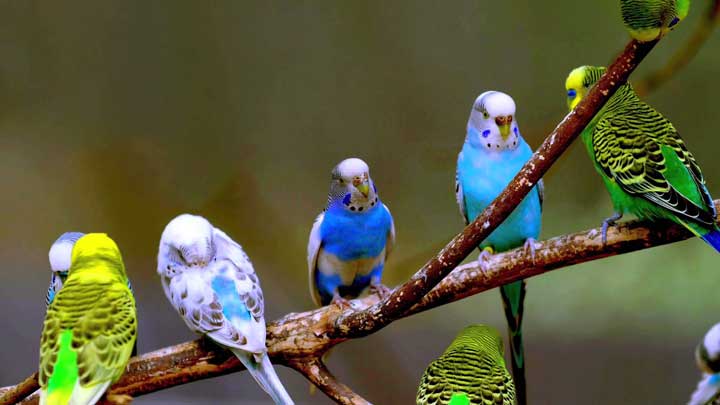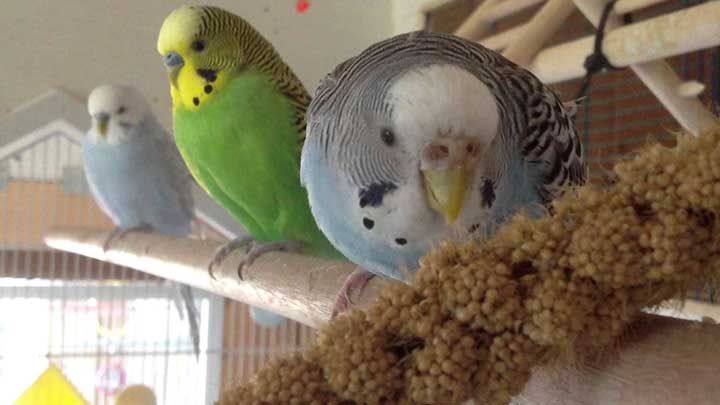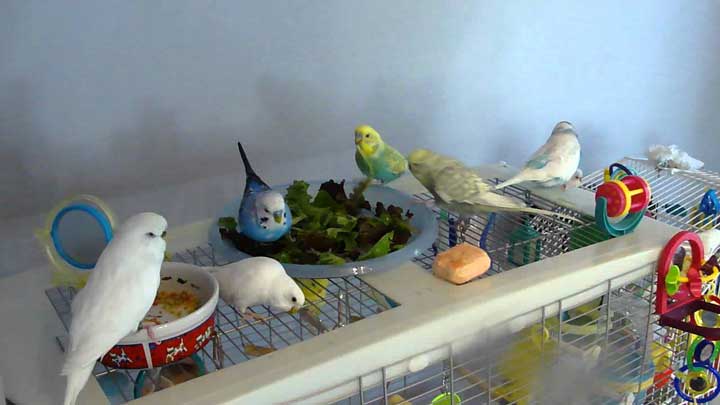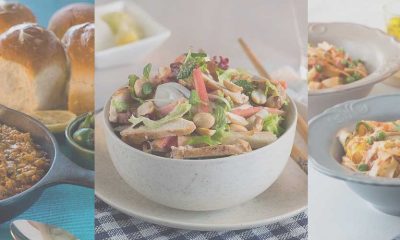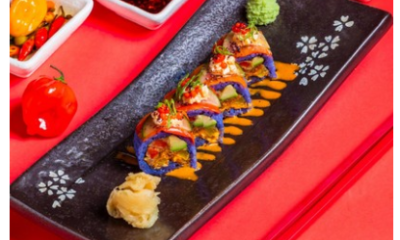Health
A Dietary and Nutritional Guide To Feeding A Parakeet Or Budgie
The Australian budgerigar or the English parakeet is – believe it or not – the third most popular pet in the world, after cats and dogs. Budgies are cheap, cute and entertaining to watch.
A first time budgie owner often makes the mistake of feeding him only with store bought bird fed pellets. While bird pellets can be a part of a budgie’s diet, only being given commercial bird food can lead to a variety of problems for your budgie such as moulting, obesity, kidney and liver disease and even cancer.
Moving Ahead From The store Bought Diet
Most commercial bird food is not specifically tuned to the breed of bird it is feeding. For instance, the tiny budgie’s nutritional needs would be very different from the much larger African parrot and yet very rarely do you find bird food catering to the nutritional needs of a specific breed.
Many animal dieticians and veterinarians suggest that any domesticated animal or bird’s diet should be as close as possible to the kind of diet they would have survived on in the wild. While meat-based diets are preferred for dogs and cats, as they were hunters in the wild, birds fed on grains, seeds as well as fruits and vegetables. Therefore, the World Of animal Welfare (WOAW) suggests that you feed your budgie:
60% Grain, Seeds, Legumes
Grains such as brown rice, barley, hemp seeds, oats, and millet are essential to your bird’s diet. Mix an equal serving of two types of grains with an equal serving of seeds (flax, sesame or sunflower) and an equal serving of two types of legumes such as mung beans, peas or lentils. Naturally sprouting the legumes, by keeping them in a damp warm place for a few days, will add to their nutritional value.
Feed your budgie 2 teaspoons of this mix for breakfast and lunch per day.
20 % Fresh Vegetables
In the wild, birds foraged from trees and plants to get nutrients similar to what one gets from vegetables. To give them these nutrients, grind or finely chop asparagus, broccoli, beetroots, carrots, green beans, spinach, pumpkin, sweet potatoes, tomatoes or zucchinis and incorporate a teaspoon or two in your budgie’s daily meal.
5 % Fruits
Fruit intake should be limited to one or two times a week as they can have high sugar amounts. Remember to deseed the fruits before giving them to your bird, as the seeds can contain trace amounts of cyanide. Safe fruits include apples, bananas, mangos, oranges, passion fruits, peaches, pineapple and pears.
The remainder of your budgies diet can consist of store bought pellets or feed; place a small amount (1 to 2 tablespoons) of this in its cage overnight for him to snack on through the night. Dispose of any leftovers in the morning.
As a supplement, you can also hang fresh cuttlebones in the bird cage, which will provide your budgie with a good source of calcium. You can also feed him pumpkin seeds that have been soaked in water once every few days.
Stay Away From
Certain, seemingly innocuous foods can be detrimental and even fatal for your budgie. Avocado is poisonous for your bird, as are raw meats and non-pasteurised dairy (birds cannot digest lactose). Do not feed your bird any food that has been chewed by a human, as human saliva contains substances that can be a toxic for a bird.
Stay away from feeding your bird commercially grown produce, as its body will not be able to handle even small amounts of pesticides.
Remember to clean your budgie’s feeding bowl an hour or two after every meal; don’t let uneaten food sit in the cage for too long as it can gather bacteria. Replace the water in the budgie’s cage daily, and make sure he has a large enough cage for some daily exercise.
Even though they’re fairly small, budgies, like any pet require knowledgeable care; follow these dietary guidelines and you’ll be rewarded with a healthy, happy beautiful bird.

